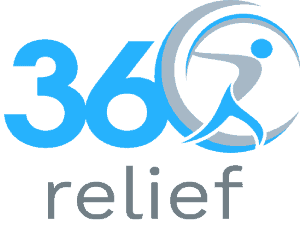Blog
Top Tier Knee Support: Can Compression Sleeves, Gel Pad Braces and Hinged Orthoses Really Help?

Top Tier Knee Support: Can Compression Sleeves, Gel Pad Braces and Hinged Orthoses Really Help?
When it comes to safeguarding our knees, whether for running, lifting, rehab or daily movement, choosing the right support can make all the difference. In this article, we explore how compression sleeves, gel pad stabilising braces and hinged knee braces deliver relief, stability and control for varied needs and conditions. We’ll also highlight three quality products to illustrate each type in practice.
Table of Contents
Toggle1. Understanding Knee Support and Its Benefits
Knee support devices serve several vital functions:
- Pain relief and inflammation control: Compression helps improve circulation and reduce swelling around the joint, supplying comfort during movement or activity.
- Enhanced proprioception and stability: A snug fit around the knee improves awareness and balance, reducing risk of accidental strain.
- Joint protection and guidance: Especially in hinged braces, support limits side to side movement and prevents hyperextension.
- Assisting rehabilitation or degenerative conditions: Particularly in osteoarthritis, wearing braces during activity can offload pressure and support mobility.
Healthcare professionals frequently recommend knee support as part of a comprehensive recovery or prevention plan, complementing physiotherapy, exercise and weight management.
2. Choosing the Right Type: Sleeve, Gel Pad Brace or Hinged Orthosis
Different types of knee support suit different purposes:
Compression Sleeves / Simple Compression Support
Lightweight, elasticated sleeves offer snug compression over the knee. They are ideal for milder pain, joint stiffness, early stage arthritis or post exercise support. Benefits include improved blood flow, mild stabilisation and breathable comfort.
A good example is the Compression Knee Sleeve from 360 Relief which reduces swelling, relieves discomfort, and provides flexible, moisture wicking support during sports and workouts.
Compression Brace with Gel Pads and Patella Stabilisers
This option adds discreet patella gel padding and side panel stabilisation to a compression sleeve. It supports the kneecap in movement, reduces lateral shifting or tracking issues, and is excellent for patellar tendonitis, mild instability or to prevent slipping.
The Compression Knee Brace with Gel Pads and Patella Stabilisers delivers additional protection and alignment during activity, making it a popular choice for active individuals.
Hinged Knee Brace for Ligament and Meniscus Support
The most structured option, this brace includes rigid side stabilisers (hinges), adjustable straps and often gel patella pads. It offers controlled motion, limiting side to side and rotational stress. This makes it suitable for recovery from swelling, ACL, meniscus or ligament injuries, and post surgery care.
For those needing more advanced protection, the Hinged Knee Brace with Side Stabilisers and Patella Gel Pad is designed specifically for acute conditions requiring strong lateral support and patella protection.
3. When to Wear Which Support
| Condition / Use Case | Recommended Type | Why it Works |
|---|---|---|
| Mild knee pain, general support | Compression sleeve | Offers light stabilisation, improves circulation, minimal bulk |
| Patellar tendonitis or instability | Gel pad brace | Supports kneecap alignment and reduces tracking pain |
| Ligament injury, swelling, meniscus/ACL rehab | Hinged brace | Controls lateral motion, provides rigidity and injury protection |
| Osteoarthritis during activity | Sleeve or hinged brace | Helps unload pressure, supports the joint, and aids mobility |
4. How to Use Knee Support Effectively
- Ensure proper fit: The brace or sleeve should be snug but not overly tight, ideally with just enough room for two fingers under straps or edges.
- Wear during activity only: For osteoarthritis and injury recovery, braces work best during movement, not while sleeping or resting.
- Combine with exercise: Knee support is most effective alongside physiotherapy or strengthening routines, not as a stand alone treatment.
- Maintain hygiene: Especially for knit or neoprene supports, follow washing instructions to preserve compression and prevent skin irritation.
5. Quick Reviews of the Highlighted Products
- The Compression Knee Sleeve is an excellent choice for day to day use or workouts. Soft, breathable and designed to reduce swelling, it supports movement comfortably.
- The Compression Brace with Gel Pads brings additional kneecap alignment and anti slip support, ideal for joggers, cyclists or those recovering from patellar strain.
- The Hinged Knee Brace delivers robust side support, ideal for managing ligament or meniscus injuries with structured control and swelling reduction.
6. Final Thoughts: Choosing Support That’s Right for You
Knee supports are not one size fits all. From simple compression sleeves to structured hinged braces, your best option depends on your condition and goals:
- For light support and injury prevention, a compression sleeve may be sufficient.
- For patella tracking or mild instability, a gel pad brace offers targeted stabilisation.
- For serious ligament or meniscus issues, a hinged brace is essential.
Always consult a healthcare professional when dealing with diagnosed knee injuries or chronic conditions such as osteoarthritis. A professional can help you choose the correct level of support, size the brace properly, and integrate it safely into rehabilitation or training routines.
Using knee support appropriately, alongside strengthening and flexibility work, can help manage pain, improve stability and keep you moving with confidence.
Social Share
More Posts
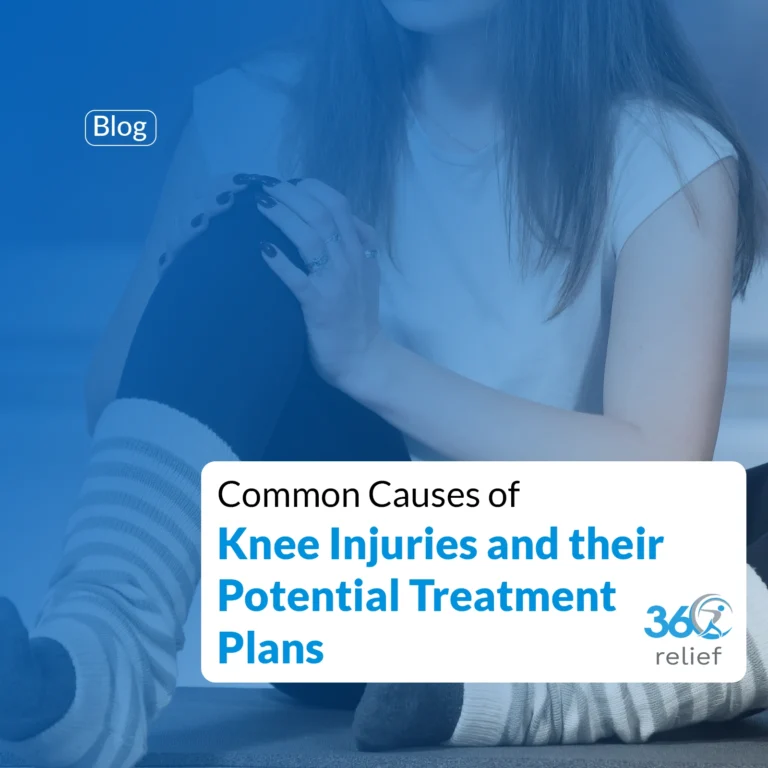
Common Causes of Knee Injuries and their Potential Treatment Plans
Knee Injuries: Overview The knee joint is considered one of the complex and largest joints in the body. It is
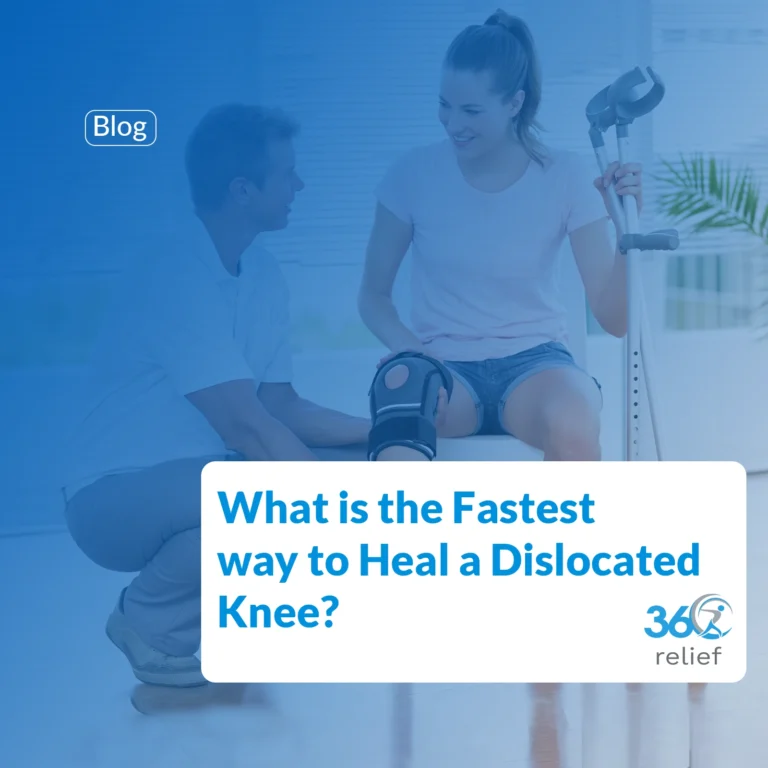
What is the Fastest way to Heal a Dislocated Knee?
A dislocated knee is relatively an uncommon injury. Ligaments connect the bones of the knee, which will result in a
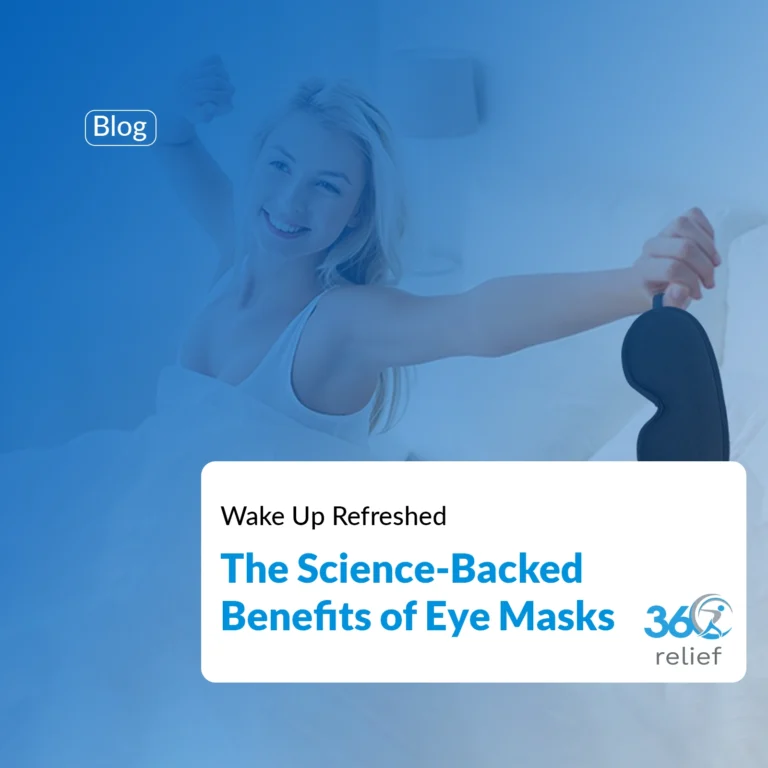
Wake Up Refreshed: The Science-Backed Benefits of Eye Masks
Sleep is something we all know we need, yet many of us don’t get enough of it. Whether it’s the
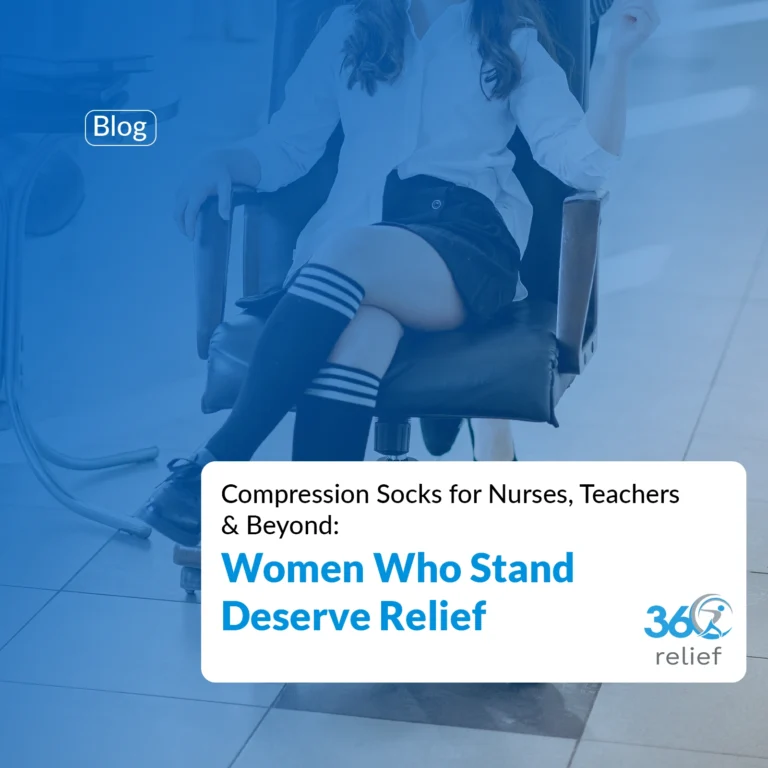
Compression Socks for Nurses, Teachers & Beyond: Women Who Stand Deserve Relief
Introduction Long days on your feet can be exhausting. Whether you are caring for patients, teaching in a classroom, welcoming
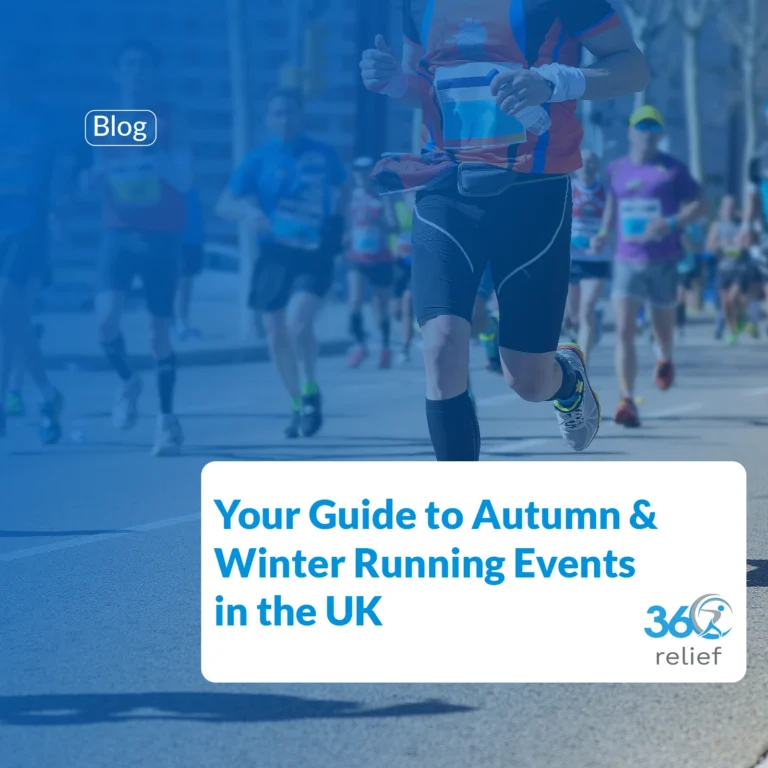
Your Guide to Autumn & Winter Running Events in the UK
As the leaves turn golden and the evenings draw in, the running community across the UK doesn’t slow down. If
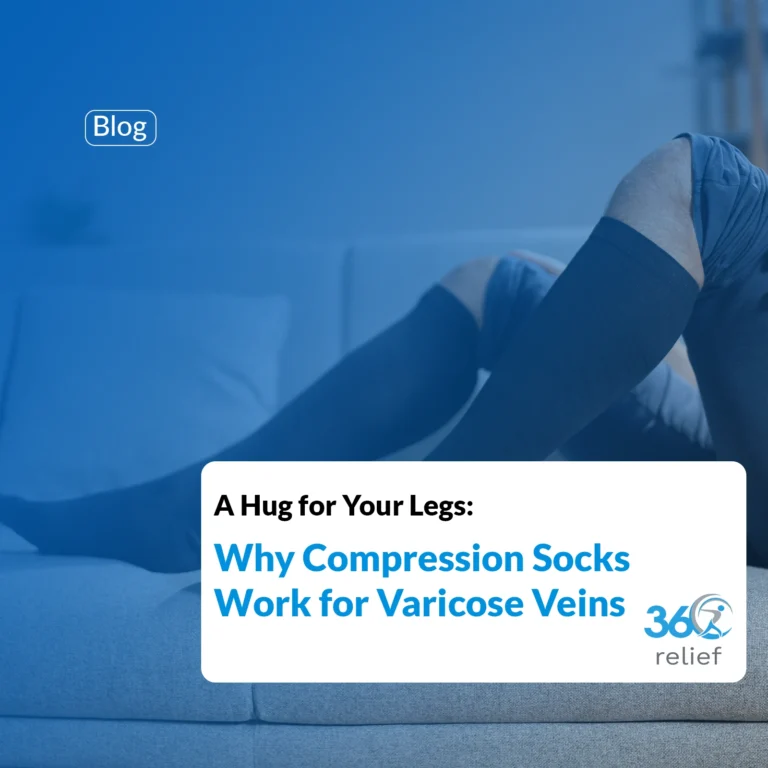
A Hug for Your Legs: Why Compression Socks Work for Varicose Veins
Varicose veins are more than just a cosmetic concern. For many people, they bring discomfort, swelling, and a heavy feeling
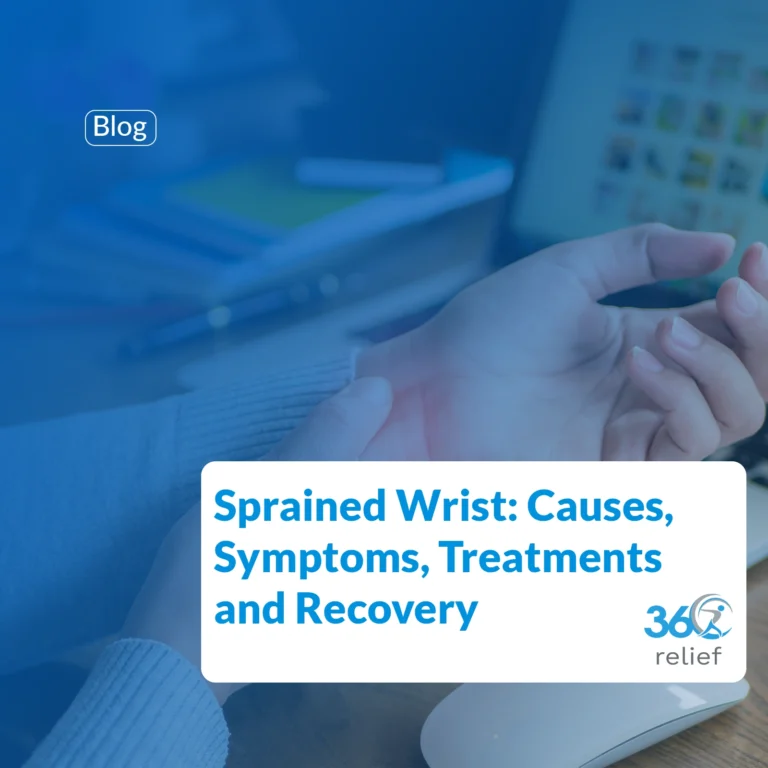
Sprained Wrist: Causes, Symptoms, Treatments, and Recovery
A wrist sprain(s) occurs when a ligament in the wrist is partially injured. Ligaments are the dense connective tissues that
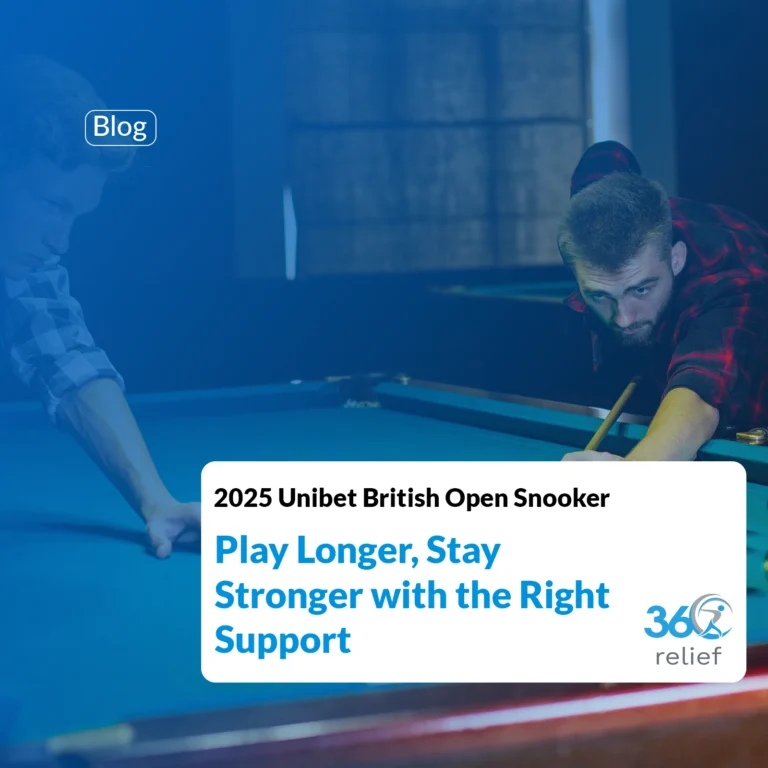
2025 Unibet British Open Snooker: Play Longer, Stay Stronger with the Right Support
The 2025 Unibet British Open Snooker is just around the corner, and excitement is building as fans prepare to watch
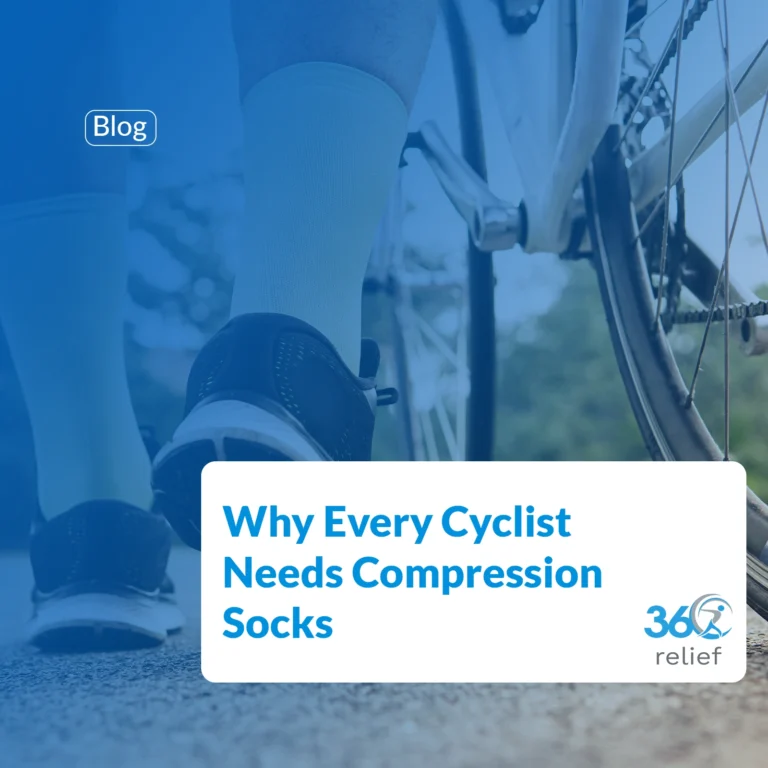
Ride Longer, Recover Faster: Why Every Cyclist Needs Compression Socks
Cycling is one of the most rewarding sports for both fitness and leisure, but it also places high demands on
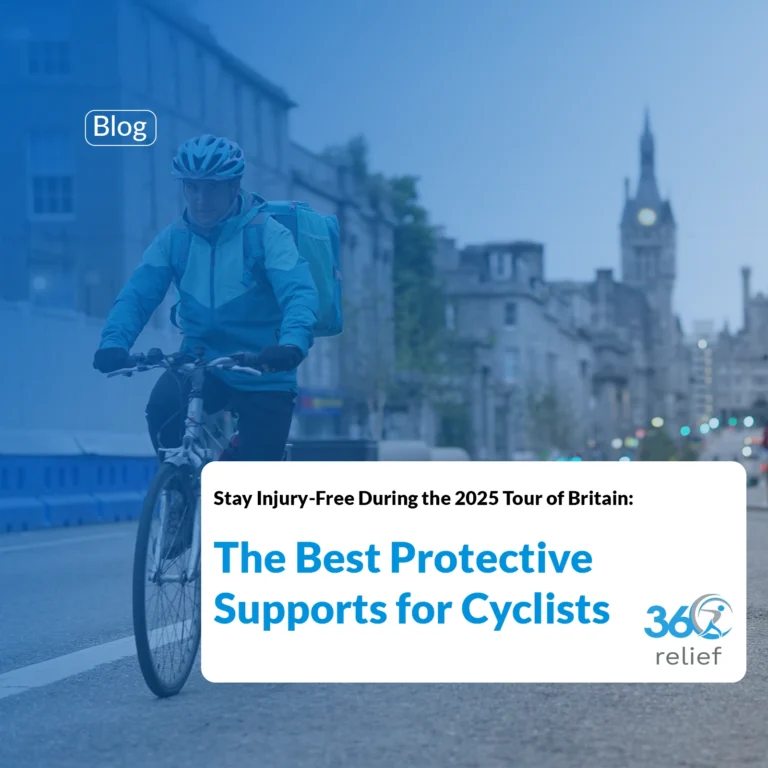
Stay Injury-Free During the 2025 Tour of Britain: The Best Protective Supports for Cyclists
Cycling fans across the UK are gearing up for one of the most exciting events on the sporting calendar –

Train Hard, Recover Smarter: Why Supportive Products Are Key for 2025 World Boxing Championships Success
The World Boxing Championships 2025 are just around the corner, with Liverpool preparing to host some of the finest athletes
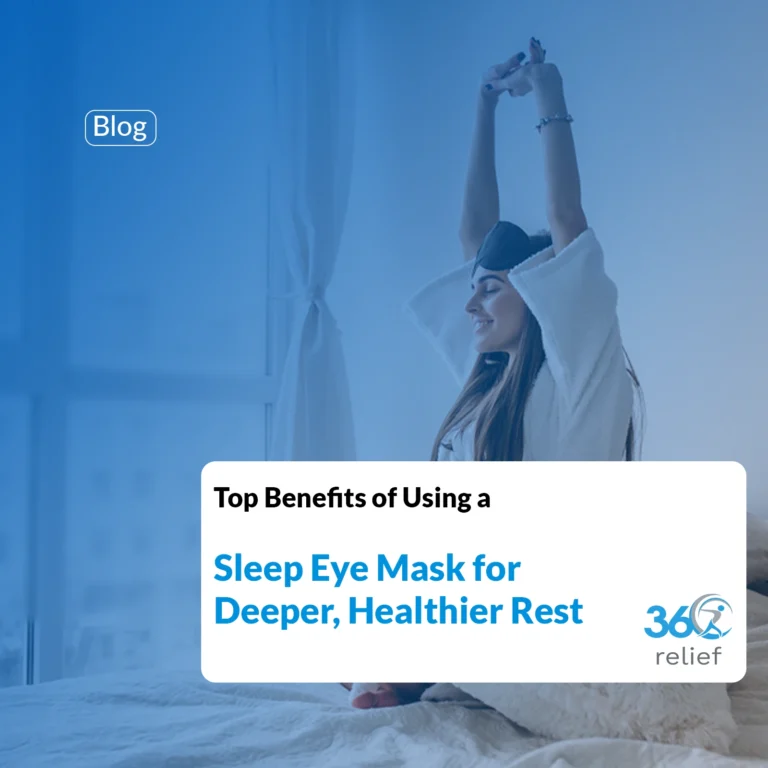
Top Benefits of Using a Sleep Eye Mask for Deeper, Healthier Rest
Getting enough sleep is one of the most important foundations of good health, yet many people in the UK struggle

Women’s 2025 Rugby World Cup: Thrilling Action, Smart Moves to Escape Possible Injuries
1. Introduction – Rugby’s Biggest Stage Returns to England From August to September 2025, England will host the most exciting

Sitting Too Long at Work? Here’s Why You Need Compression Socks
Modern workplaces often involve long hours at a desk, whether in an office or working from home. While sitting may

Busy Mum’s Guide to Leg Comfort: Why Compression Socks Are a Game Changer
Mums are the true multitaskers of everyday life. From school runs to supermarket trips, from cleaning to working on your

